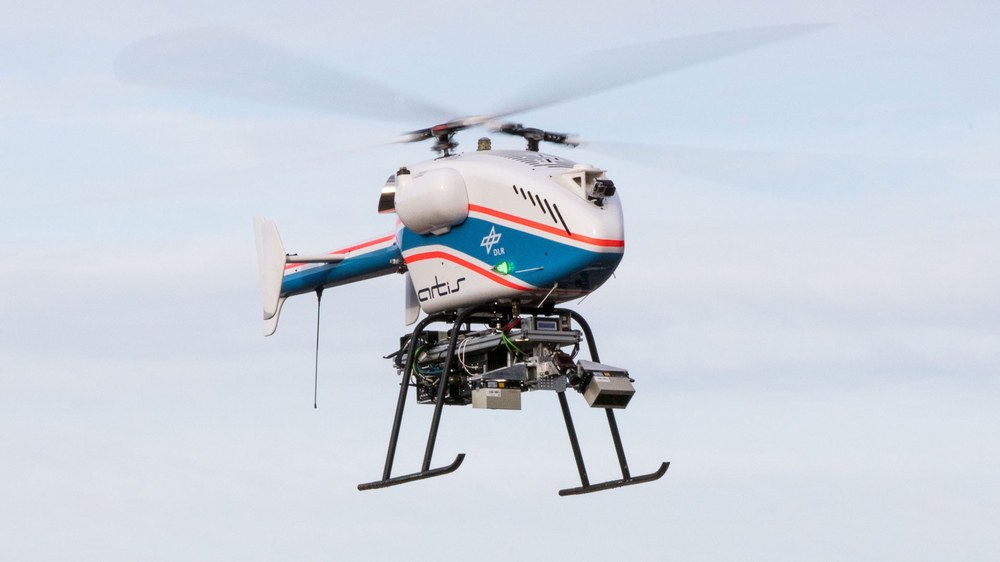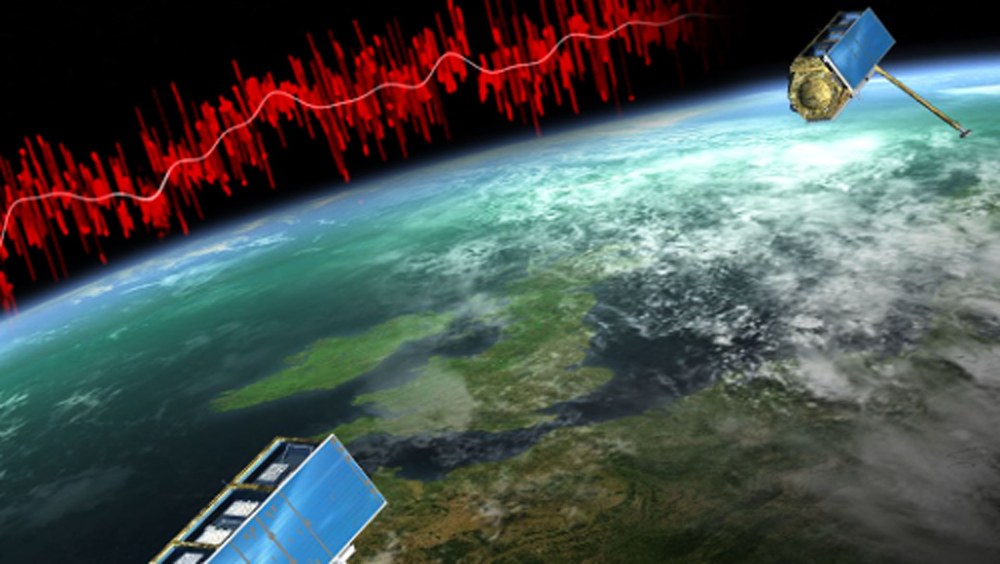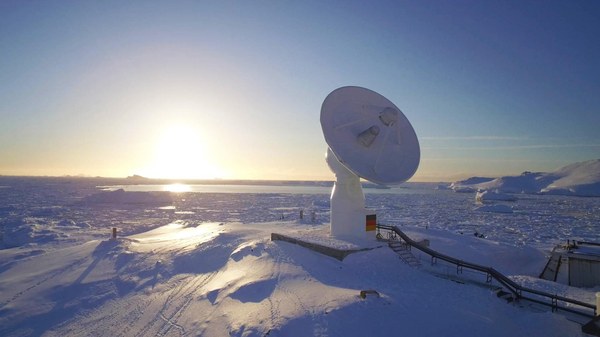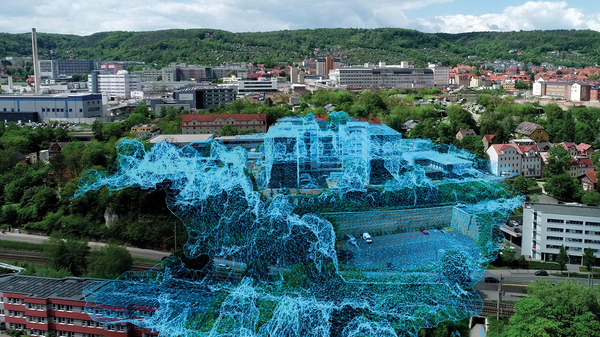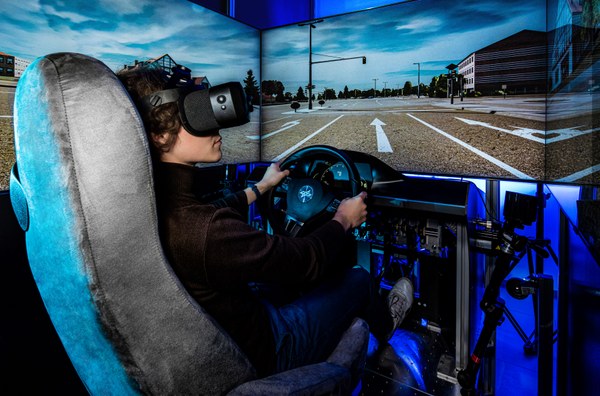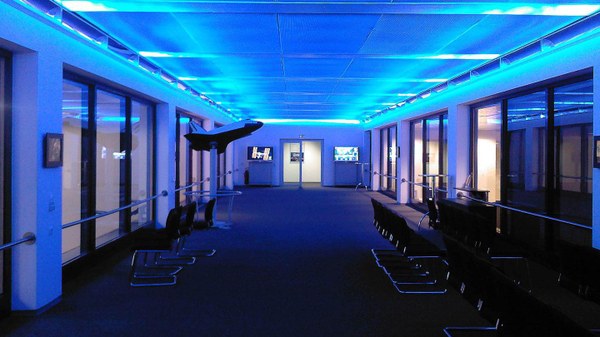German Remote Sensing Data Center (DFD)
With its national and international ground stations, the German Remote Sensing Data Center (DFD) provides direct access to the data from Earth observation satellites, processes the data into information products, distributes them to the users and stores all the data in the German Satellite Data Archive (D-SDA) on a long-term basis.

